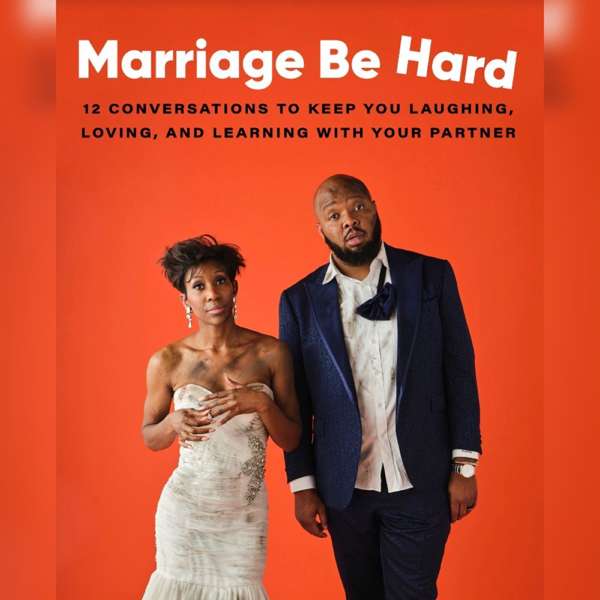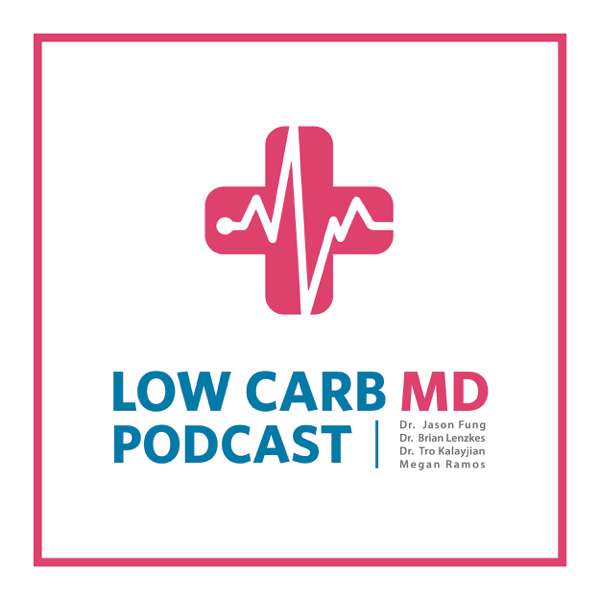Hi everyone and welcome back to BFR Radio. Thanks for joining in and hope that your training is going well.
Before I head into today’s article review, a quick reminder that if you’re looking for practical ideas on how to implement BFR into your own training check out my Instagram (@chrisgaviglio) or my Youtube channel which is SportsRehabAus. If you follow me on social media, I’ve also been trialling a few different things. The first one is 60second snippets of the best bits of the podcast as well as Instagram text image posts – which do you prefer? Also if you’re enjoying the podcast, please give it a rating on iTunes.
Its also been a while since my last episode and I thank you for your patience. I’ve had a few presentations recently and one was for the ASCA. This year was an online style conference and my presentation I spoke about how I periodise strength training utilising a myriad of different concepts. In particular it was a case study of one of the decathletes that I coached for the Tokyo Olympics. I’ve also had a work change as well so navigating that has taken some of my time. One of the positives is that I am spending more time putting together some other S&C and BFR concepts that I’ve been wanting to do for a while. In particular I am providing an online S&C service which means that if you’ve been thinking about improving your training, I can help provide this for you. Just contact me through my socials or the contact us on my website. I also have some big plans for BFR specifically so stay tuned for that.
The last few episodes was a short series of papers which reviewed different sports specific training with BFR and highlighted potential direct benefits to sports performance. For me it shows that BFR can be used for more than just strength training and stationary cardiovascular-based training.
To change it up, it’s time for a “Your questions answered” segment. Interestingly I got 3 independent emails on a very similar subject within the last month. In particular it is on the subject of using BFR with youth athletes. Hopefully not too controversial, but I thought I’d tackle this subject.
To give some context behind the questions the first question was from a physiotherapist who is involved in the training of elite Artistic gymnasts aged between 10-26. Common injuries include growth-related injuries such as osgoods and, tendinopathy injuries especially the Achilles Tendon as well as boney stress injuries (foot, shin, and back). And in previous podcasts I’d alluded to BFR being a great tool for tendon pain as well as recovering from bone stress injuries and such could BFR be used in this specific population.
The second question was from another physiotherapist who works with dancers and in particular young dancers and pretty much similar. They want to know the youngest age I’d use BFR training with? And are there any contraindications for use in those under 18years?
So how to best answer this question? Unfortunately there isn’t any position statement with respect to BFR and Youth. There is very little out there but I will piece this together to give you a balanced answer and perhaps rather my opinion. No use sense sitting on the fence right??
To answer this question, I am going to break this into 3 parts. Firstly I want to briefly discuss the idea of strength training in youth in general (that is without BFR). Secondly, I will highlight a few studies in younger age groups and then finish up with my own view and personal experiences.
I hope you enjoy this one. I feel I have given a balanced view with respect to this concept and before I go I want to emphasis a few points if you decide that BFR may be useful with the youth athletes that you train:
- Like all training interventions you need to be clear why you are using it.
- This type of training needs strict supervision, and at this age in particular.
- At a young age who are fit, healthy and performing general training, I would not prescribe it. I think there are so many other skills and physical activities that you need them to be exploring before worrying about BFR.
- However if they are have specific injuries or issues that need addressing it may be a useful intervention.
The paper’s that I briefly mention are:
Effects of practical blood flow restriction training on adolescent lower-body strength.
(15-18year old girls) Luebbers, P. E., Witte, E. V., Oshel, J. Q., & Butler, M. S. (2019). The Journal of Strength & Conditioning Research, 33(10), 2674-2683.
Effect of eight-week aerobic training with blood flow restriction on lipid profiles and body composition in obese adolescent boys.
(13-16year old boys) MOHAMMADI, S., Rajabi, H., Motamedi, P., Khaledi, N., & Abdollahi, M. (2019).
Response of Myostatin to Resistance Exercise with and without Blood Flow Restriction in Immature Male Athletes.
(10-14year old boy gymnasts) Shabkhiz, F., Choobineh, S., Ghafarioun Isfahani, A., & Yari, M. (2017). Sport Physiology & Management Investigations, 9(3), 9-19.
A pediatric case with an unstabilized neck treated with skeletal muscle electrical stimulation and KAATSU training®.
(2yrs-4months boy ) Iwashita, H. (2015). International Journal of KAATSU Training Research, 11(1), 7-12.
The Australian Strength & Conditioning Association (ASCA) position stand on youth strength training link: Resistance Training for Youth - Position Stand
I’d love to hear from anyone who’s used BFR in these age groups. I think it could be a good extension to this podcast. Contact me through my website (sportsrehab.com.au) or DM me through my Instagram or Twitter @chrisgaviglio.
Before I go, A couple of favours from me to you. If you know of someone who would benefit from this episode, please share it. And if you’re interested in purchasing your own set of BFR cuffs please visit my website which is www.sportsrehab.com.au
I can also help you with your training so contact me via my website or DM me through my socials which is @chrisgaviglio.
Thanks for listening and remember to keep the pump.

 Our TOPPODCAST Picks
Our TOPPODCAST Picks  Stay Connected
Stay Connected






